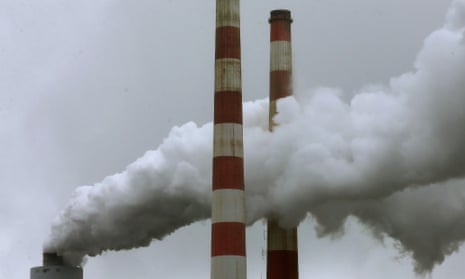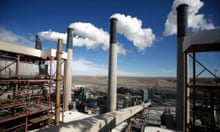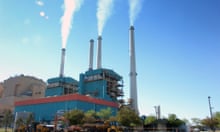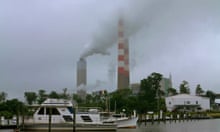Why is Obama doing this instead of Congress?
The House voted for cap and trade in 2009, but the bill died in the Senate. Congress has shown no interest in taking up the issue – and half of the Republican members deny climate change is occurring or oppose measures to cut emissions.
Obama said last year he would use his executive authority to deal with climate change, and now he is.
Why is this a big deal in terms of climate change?
Climate legislation would have imposed economy-wide limits on carbon pollution. With that option off the table, this is the next best thing. Power plants are the single biggest source of carbon pollution, responsible for up to 40% of the carbon dioxide emissions that cause climate change. Much of that carbon pollution is produced by burning coal, especially in old plants.
Obama already cut emissions from the second biggest source – transport – with new rules for cars during his first term.
Will they still be able to keep the lights on without coal?
Yes. Cheap natural gas, now available because of fracking, was already squeezing out coal in power plants, and now accounts for about 30% of electricity generation, according to official figures. Hydro, solar, wind, and geothermal power are expanding and make up about 12%. Nuclear accounts for about 19%
Will this mean many more nuclear plants?
Unlikely – because of the multi-billion dollar price tags and long lead time in permitting and construction. Energy experts expect the emissions reductions to come from retrofits, expanding renewable power, and finding ways to reduce waste, such as modernising the electricity grid.
What should I look out for on Monday?
It's still not clear how tough the new regulations will be. Industry and environment groups will be looking at the emissions reductions target but just as much at the starting and finishing lines. Carbon pollution from power plants has been dropping since 2007, because of natural gas and the downturn. A 25% cut on 2005 levels would be much easier to reach than a 25% cut on the – already lower – 2012 levels. People will also be watching to see whether Obama sets even stricter targets farther out in time, for 2030 or 2040.










Comments (…)
Sign in or create your Guardian account to join the discussion